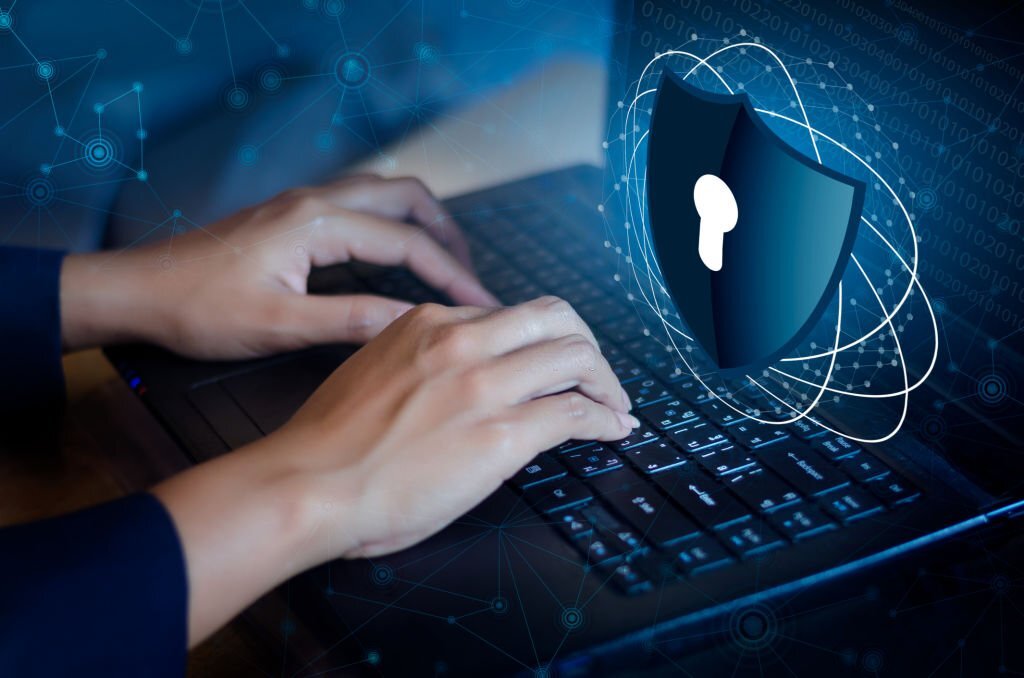The data that you generate and keep on the devices and networks that you use is the most valuable item on those systems, especially from a container registry by JFrog. It is always possible to reinstall applications and operating systems, but data that has been produced by users cannot be replaced. If it gets lost or seen by people who aren’t supposed to, the results could be terrible.
The network of a corporation could store papers that reveal the firm’s trade secrets, confidential information about the company’s workers or customers, or even the company’s financial data. Applications installed on your phone, computer, or other personal devices may put sensitive information such as your social security number, credit card number, and bank account details at risk. In any scenario, theft of one’s identity is a genuine danger and one that is all too common in the age of digital technology.
7 Measures to Protect Your Data from Cyber Attacks
Let’s have a look at some easy preventative measures you may take to protect your data from being stolen or otherwise compromised.
#1. Establish Options for Backing Up Your Data
Even if today’s technology is incredibly sophisticated, there is still a risk that users might make mistakes or that there could be problems with the technology itself. Because of this, making backups of your datasets is of the utmost significance. If your company lost the data it depends on, it could face major problems and financial losses, not to mention unhappy customers.
You can recover data from specific points in time and have the peace of mind that you will never be able to lose data if your system crashes or you accidentally delete it. This capability is provided by the majority of systems today and allows you to save multiple versions of your database.
#2. Encrypt Your Information
Hackers are discouraged from accessing your data stored through the use of encryption, which is the process of converting information into secret codes. As a result of the fact that encryption transforms your data into ciphertext, it is much more challenging for hackers to comprehend precisely what they are reading, and the process also takes considerably more time. When this is in place, the codes in your database will be unreadable by anybody other than very skilled hackers who are familiar with sophisticated cryptography. Encrypting your data will offer an additional layer of protection, guaranteeing that it is safe from the prying eyes of cybercriminals and other dangers.
#3. Create User Permissions
Everyone in your company does not need access to every piece of data that you maintain. Make sure that the user rights you put up are based on the organizational structure of your company. The purpose of this piece of advice is to prevent inadvertent modifications to vital information from being made by members of your team who are incompetent to perform particular responsibilities. It may sound like a no-brainer, but many businesses have made the mistake of having either too many rights or permissions that are not managed properly, which often leads to difficulties.
#4. Create Secure Passwords
Passwords for system accounts that store sensitive information need to be very challenging. When generating passwords, avoid being predictable since the simpler it is for someone to figure out what your password is, the more quickly a hacker may access your online accounts. A secure password must have at least 12 characters and must include both uppercase and lowercase letters, as well as numbers, symbols, and other special characters. This is also true for encryption, which is essentially the process of assigning a password to each of your most important files. This ensures that even if a hacker can access your database, they will not be able to view individual datasets.
#5. Secure End-User devices
It’s critical to safeguard not just your systems but also the platforms from which you access those systems. This is an easy method for getting rid of insider risks. Install a network firewall solution. Utilizing a virtual private network is another method of protecting your gadgets. While connecting to public internet services, a VPN establishes a private network. It offers internet privacy and secure connections that are encrypted to protect your data.
#6. Don’t Upload Confidential Information
All in all, seeing all of your data in one location is the entire idea of the cloud. However, be cautious to arrange it first by removing any of your own personally identifying information and any private information in case there is a breach. Check to see that there are no files with your passwords or other login information so that a hacker can’t just get into the rest of your data.
#7. Do Tests
Most importantly, you should test your security system after taking these safeguards. The performance of your business concerning your security configuration may help you identify where improvements need to be made. To protect the security of both the clients and your data, your firm should employ a team of outside hackers to test the security of our systems. Maintaining your system in the cloud implies it almost certainly needs regular upkeep or modifications, and testing should be performed to ensure that your defensive system is functioning properly.
Conclusion
When you are online, you should always have safety in the back of your mind. At every level, whether it is the level of an individual or the level of a bigger organization, you should always have at least some means to keep the data you collect secure. In addition, the importance of the act of data protection increases in proportion to the quantity of data that must be safeguarded. You should be asking yourself how you can keep that data safe and secure, particularly if that information might be used against you. This is especially important if the information in question can be utilized to your disadvantage.

